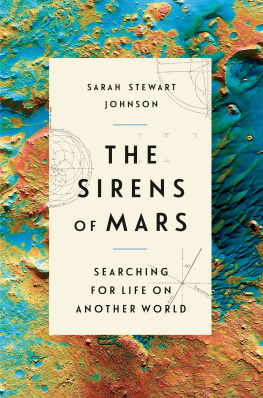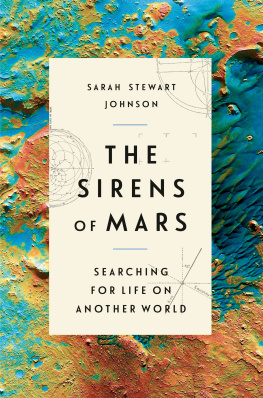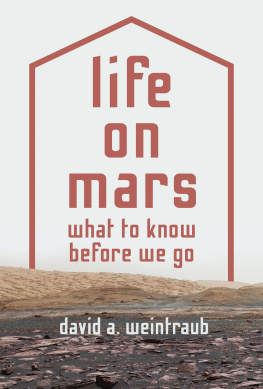Sarah Stewart Johnson - The Sirens of Mars: Searching for Life on Another World
Here you can read online Sarah Stewart Johnson - The Sirens of Mars: Searching for Life on Another World full text of the book (entire story) in english for free. Download pdf and epub, get meaning, cover and reviews about this ebook. year: 2020, publisher: Crown, genre: Detective and thriller. Description of the work, (preface) as well as reviews are available. Best literature library LitArk.com created for fans of good reading and offers a wide selection of genres:
Romance novel
Science fiction
Adventure
Detective
Science
History
Home and family
Prose
Art
Politics
Computer
Non-fiction
Religion
Business
Children
Humor
Choose a favorite category and find really read worthwhile books. Enjoy immersion in the world of imagination, feel the emotions of the characters or learn something new for yourself, make an fascinating discovery.
- Book:The Sirens of Mars: Searching for Life on Another World
- Author:
- Publisher:Crown
- Genre:
- Year:2020
- Rating:5 / 5
- Favourites:Add to favourites
- Your mark:
- 100
- 1
- 2
- 3
- 4
- 5
The Sirens of Mars: Searching for Life on Another World: summary, description and annotation
We offer to read an annotation, description, summary or preface (depends on what the author of the book "The Sirens of Mars: Searching for Life on Another World" wrote himself). If you haven't found the necessary information about the book — write in the comments, we will try to find it.
The Sirens of Mars: Searching for Life on Another World — read online for free the complete book (whole text) full work
Below is the text of the book, divided by pages. System saving the place of the last page read, allows you to conveniently read the book "The Sirens of Mars: Searching for Life on Another World" online for free, without having to search again every time where you left off. Put a bookmark, and you can go to the page where you finished reading at any time.
Font size:
Interval:
Bookmark:

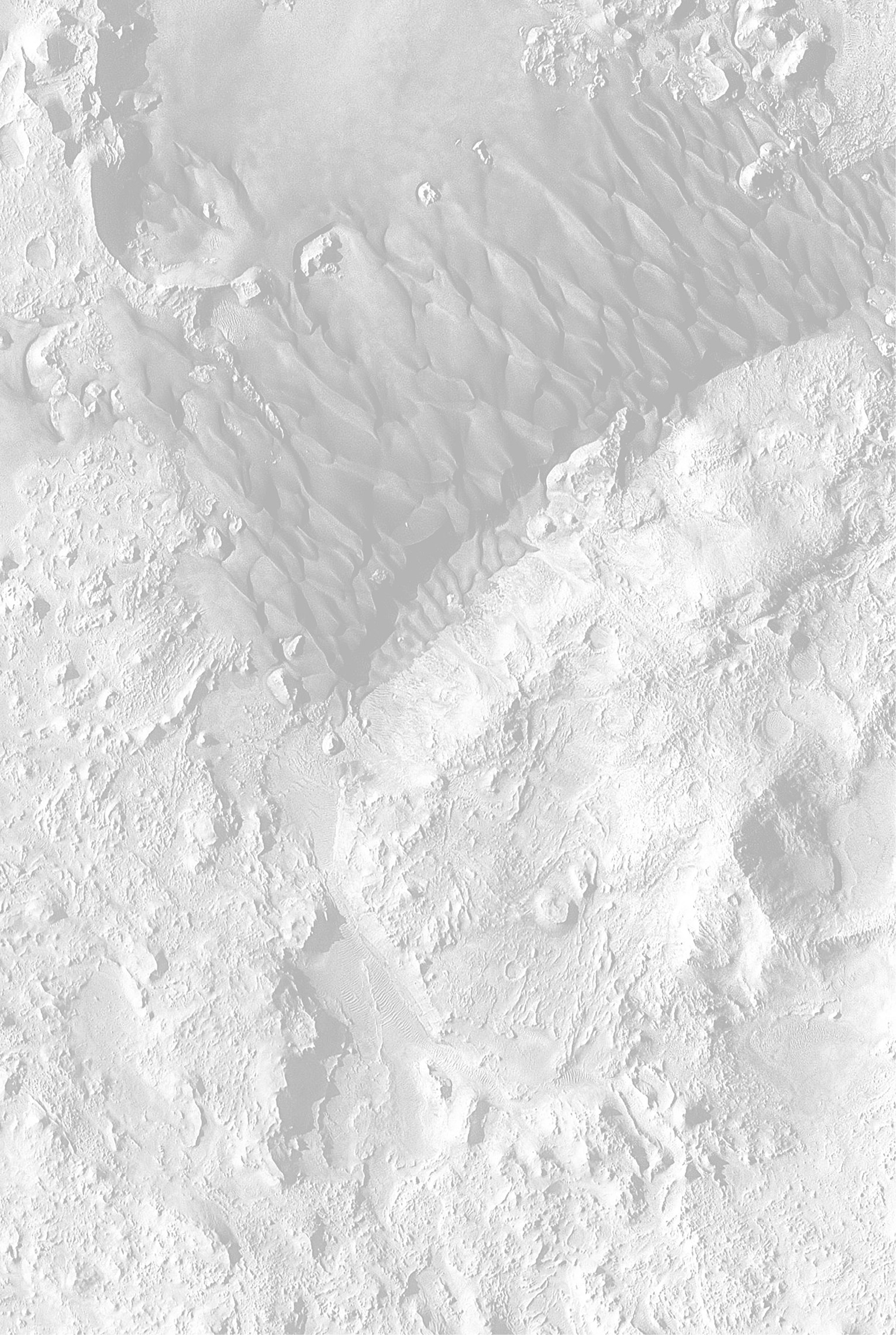
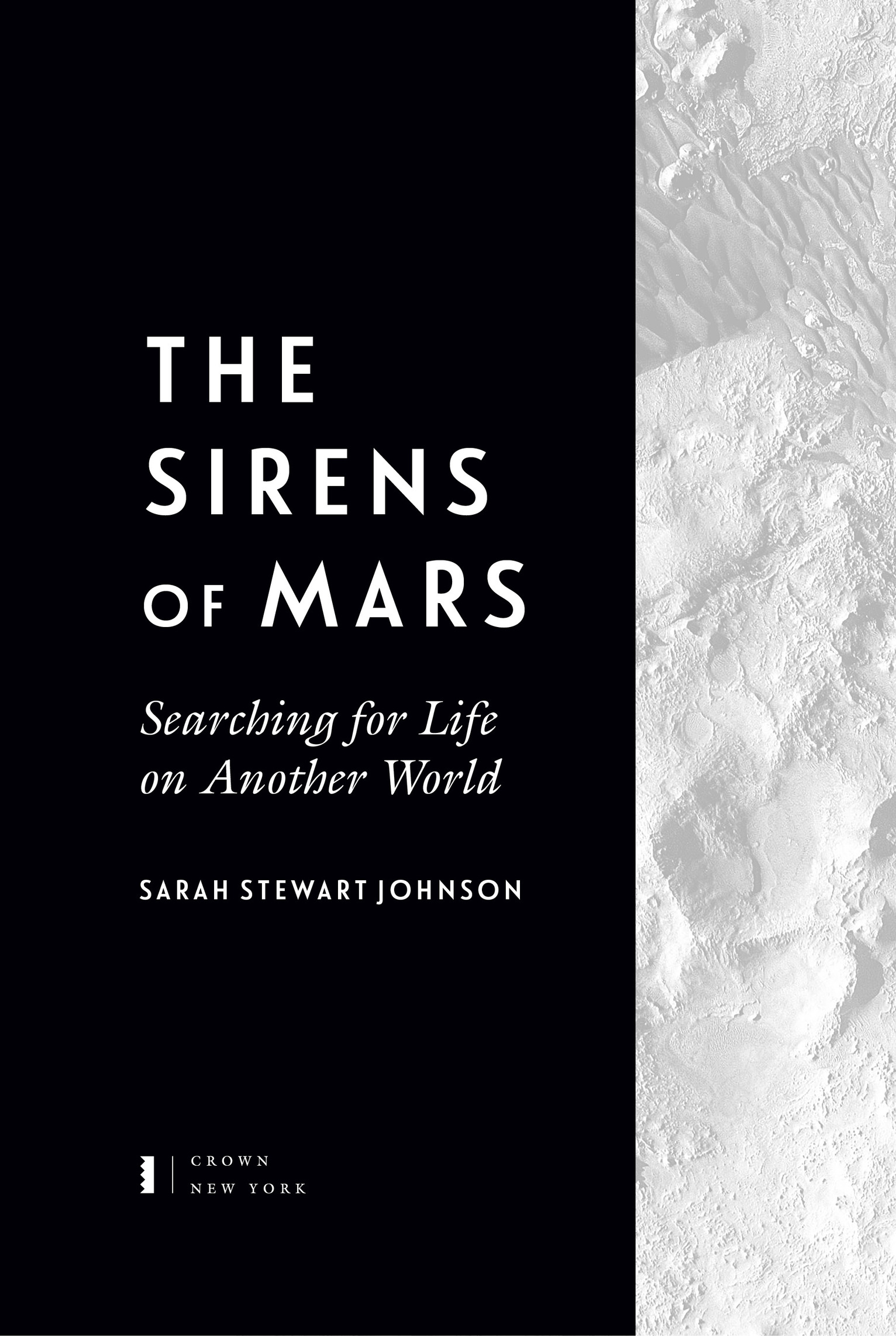
Copyright 2020 by Sarah Stewart Johnson
All rights reserved.
Published in the United States by Crown, an imprint of Random House, a division of Penguin Random House LLC, New York.
C ROWN and the Crown colophon are registered trademarks of Penguin Random House LLC.
Title-page image: NASA/JPL-Caltech/Arizona State University
Part-title image: Illustration from Scientific American, August 20, 1892, Professor Pickerings Observation of Mars
Chapter-opening image: Morphart Creation/Shutterstock
LIBRARY OF CONGRESS CATALOGING-IN-PUBLICATION DATA
Names: Johnson, Sarah Stewart, author.
Title: The sirens of Mars / Sarah Stewart Johnson.
Description: New York : Crown [2020] | Includes bibliographical references and index.
Identifiers: LCCN 2020007280 (print) | LCCN 2020007281 (ebook) | ISBN 9781101904817 (hardcover) | ISBN 9781101904824 (ebook)
Subjects: LCSH: Life on other planets. | Mars (Planet)
Classification: LCC QB641 .J64 2020 (print) | LCC QB641 (ebook) | DDC 576.8/39099923dc23
LC record available at https://lccn.loc.gov/2020007280
LC ebook record available at https://lccn.loc.gov/2020007281
Ebook ISBN9781101904824
randomhousebooks.com
Cover design: Elena Giavaldi
Cover images: Sand dunes lie next to a hill within an unnamed crater in eastern Arabia on Mars. This false-color mosaic, in which bluish tints indicate fine sand and reddish tints indicate outcrops of rock, was made from images taken at visible and infrared wavelengths by the Thermal Emission Imaging System on NASAs 2001 Mars Odyssey mission. (NASA/JPL-Caltech/ASU); Fol 36-37 Astronomia nova Aitiologetos, by Johannes Kepler (engraving), Bridgeman Images (top right); August 20, 1982, Professor Pickerings Observation of Mars, Scientific American (center left); Morphart Creation/Shutterstock (bottom right)
ep_prh_5.5.0_c0_r0
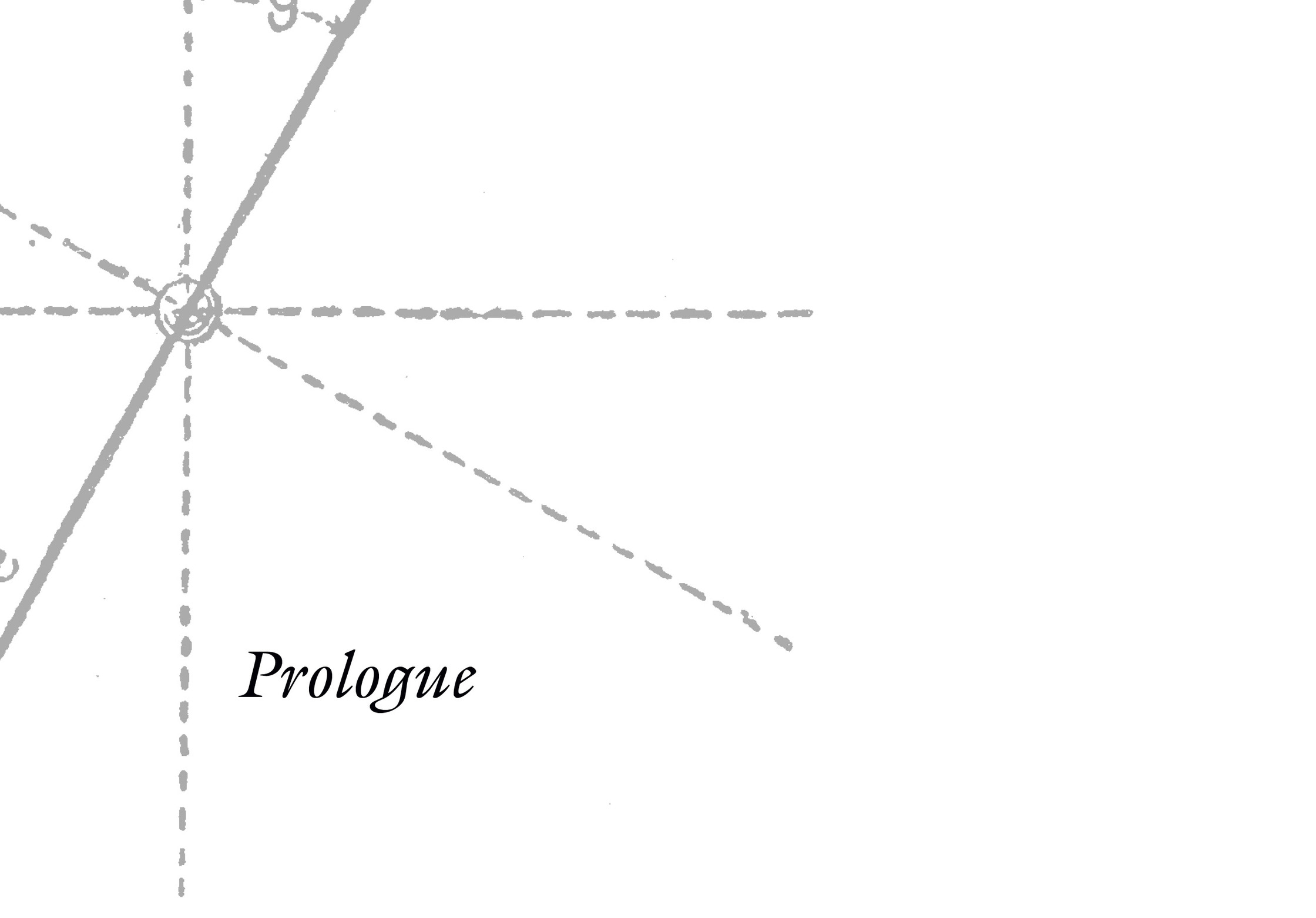
E VEN WITH THE miracle of modern travel, it takes days for me to reach the edge of the Nullarbor Plain: three or four flights, a quick shower in Perth, then a night or two backtracking east in a rented truck. The two-lane carriageway stretches endlessly through the ghost towns of Australias old goldfields. Eventually I turn onto dirt roads, onto red rock. When I stop the truck and climb down from the cab, everything is still. Finally, Ive arrived at the place where the desert cracks open.
I come here every couple of years, to the ancient terrain of the Yilgarn Craton, some of our worlds oldest rocks. Dotted throughout the dark ochre expanse are oval ponds that are as corrosive as battery acid. Yet in these sulfuric waters, against all odds, is the most astonishing array of life. I come to investigate how primitive microbes survive the harsh conditions, how they harvest energy, and what traces they leave behind in the minerals. I come because Im a planetary scientist and because this is one of the most similar places on Earth to the ancient surface of Mars. I come to the Yilgarn and other wild wastelandslike the McMurdo Dry Valleys in Antarctica, like the Atacama in Chileto hone my skills at finding life.
Out in the desert, I rise with the dawn. I pull on my tattered field clothes and slather sunscreen across my face. My boots crack with salt as I slip my feet into them. I throw on my hat, with wine corks hung from string around its brim, ready to drive away the flies. I weigh my pack down with equipment and water and head straight onto the flats. I spend my days wading into the sucking mud. In some places the ground parts easily. In others, the enveloping salts are as hard as ice. I note the GPS coordinates, map the terrain, measure the water chemistry, and assess the minerals. Later, back in my laboratory, I will examine each tiny piece of the acid-encrusted world I place into a vial. The sun beats down. The wind whips around me. But I rarely notice. Im focused, consumed.
At the end of my workdays, after I load up my instruments, I climb up on top of the dusty cab, exhausted. As the sun begins to set, and the sky turns salmon pink, and red dust hangs in the air, its not hard to imagine that Im on another planet altogether. Staring off into the silence, I think of all my predecessors, some sitting in deserts just like this, some hoping to signal Mars with giant trenches of fire, others building enormous telescopes in the stock-still air. A boy curled up in the shadow of a Benedictine abbey, longing for his own corner of the unknown to map. A shutterbug from Indiana who developed tens of thousands of blurry images of Mars, hoping one might show something. A French aeronaut who piloted a helium balloon high into the stratosphere, so high that he might asphyxiate, just to get his measurements.
Its a peculiar band Ive joined, this pack of Mars scientists, fiercely bound across the generations by the enigma of a neighboring world. One might fairly wonder why we have pinned our hopes for finding life to this red planet. For the last couple of billion years, there has been no rain there. There are no rivers, no lakes, no oceans. Without the driving force of fluid erosion, scars left over millions of years by meteorites are strewn across the surface. Mars has no plate tectonics, no magnetic field, and little protective atmosphere. The terrain is quiet, exposed, and bewilderingly empty.
Yet long ago, before it rusted over, Mars was much more like Earth: smaller, but similar in size and elemental composition. In its early days, Mars was black with igneous rock. Untold piles of lava built the planets massive volcanic provinces, which bulged with enough basalt to flex the crust. The planets swollen side cracked opened as Mars cooled, with a fissure so deep that the Grand Canyon could disappear into a side channel. One of the largest mountains in the solar system was formed, towering over an escarpment that itself is nearly as tall as Everest.
Those volcanoes lifted greenhouse gases into the air, wrapping the surface with a blanket of atmosphere. We know from the geologic record that the terrain was warm and wet, at least periodically. Around the time life may have been getting started hereconceivably in volcanic pools, in Darwins warm little pondswater was present on Mars, pregnant with possibility. In fact, there may have been enough water to fill a northern ocean, still and deep, with a seafloor as smooth and flat as the abyssal plains of the great Pacific.
Then, between three and a half and four billion years ago, our planetary paths diverged, and Mars was laid bare. Almost all of the atmosphere disappeared, and so did the water. The planet slipped into a deep freeze, colder than the cold of Antarctica, leaving Mars the hyper-arid, frozen desert we know today, bathed in high-energy solar and cosmic radiation. Now a dust the consistency of red flour coats the surface, lofted by dust devils into the impossibly thin air.
Yet life, we have learned, is stunningly resilient. It can adapt, it can wedge into a crevasse, it can hang on against all odds, and it can reveal itself in unlikely ways. Traces of biology hide in the most unexpected locations. Its why I roam the terrain at the edge of the world, hunting for the subtlest fingerprints of life, learning how to look.
Font size:
Interval:
Bookmark:
Similar books «The Sirens of Mars: Searching for Life on Another World»
Look at similar books to The Sirens of Mars: Searching for Life on Another World. We have selected literature similar in name and meaning in the hope of providing readers with more options to find new, interesting, not yet read works.
Discussion, reviews of the book The Sirens of Mars: Searching for Life on Another World and just readers' own opinions. Leave your comments, write what you think about the work, its meaning or the main characters. Specify what exactly you liked and what you didn't like, and why you think so.

